Are Aftermarket Windshields Safe for ADAS-Equipped Vehicles?
Highlights:
- Aftermarket windshields can meet OEM standards when produced and calibrated correctly.
- ADAS sensors require precise curvature, thickness, and optical clarity.
- Incorrect fit or distortion may affect camera perception and braking response.
- Certified calibration restores full safety performance after installation.
- 877 Glas Guy in Chehalis, WA installs DOT-compliant glass tested for advanced systems.
OEM vs Aftermarket — What’s the Difference?
An OEM windshield is made by the same supplier (or to the same design) as the original factory glass, while aftermarket windshields are produced independently to match those specifications. According to Cornell Law School, glazing intended for aftermarket replacement must comply with the same performance requirements as original glazing under FMVSS No. 205, which incorporates ANSI/SAE Z26.1 standards for impact resistance, optical clarity, fracture behavior, and other safety properties. Thus, the real differentiators tend to be branding, quality control, and cost rather than inherent safety—so long as the replacement preserves the original curvature, optical tolerances, and is properly installed and calibrated (especially for ADAS systems), lane-assist, automatic braking, and related functions should continue working as intended.
Why Optical Precision Matters for ADAS
Advanced driver-assistance systems depend on precise light refraction through the windshield, and even slight distortion or misalignment can cause sensors to misread lane markings or delay object detection. Cameras and radar modules behind the glass must maintain an unobstructed optical path for accurate perception. According to Repairer Driven News, installing the wrong windshield or using improper mounting components can distort the ADAS camera’s view and compromise safety features. For this reason, 877 Glas Guy verifies optical alignment with calibration targets immediately after installation to preserve ADAS reliability.
FAQ
Are aftermarket windshields legal?
Yes—if they display the DOT stamp confirming compliance with federal standards.
Will my insurance cover them?
Most insurers approve certified aftermarket replacements that meet safety codes.
Can I tell the difference visually?
Usually not; certified glass matches tint and clarity to OEM appearance.
Calibration and Testing Procedures
Once installed, the windshield must be recalibrated so ADAS cameras function within OEM tolerances. Static calibration uses precise target setups in the shop, while dynamic calibration confirms performance under real-world driving conditions. According to the Auto Glass Safety Council (AGSC), improper or missing recalibration can cause collision-avoidance systems and lane-keeping features to operate inaccurately or fail. 877 Glas Guy’s technicians conduct both static and dynamic recalibrations, log alignment data, and issue calibration certificates to affirm that all ADAS functions perform as designed.
When Aftermarket Makes Sense
Drivers often choose aftermarket glass for availability and value. In Chehalis, WA, where rural supply chains can delay OEM shipments, high-quality aftermarket suppliers ensure faster turnaround without compromising safety. 877 Glas Guy sources glass that meets OEM optical and dimensional standards from certified distributors. The company also inspects sensor brackets and mirror mounts to confirm exact positioning before recalibration, maintaining the vehicle’s integrated safety network.
FAQ
Do aftermarket windshields support rain or light sensors?
Yes, if they include the same sensor pads or gel materials as OEM glass.
Will lane-assist accuracy change?
Not when the system is recalibrated by a certified technician.
Does aftermarket glass affect resale value?
Only if it causes visible distortion; quality glass maintains vehicle value.
Optical Coatings and Thermal Properties
Some premium vehicles use infrared-reflective or acoustic layers. Aftermarket versions now replicate these coatings, keeping cabins cooler and reducing glare. Consistency in refractive index prevents ADAS misreads under direct sunlight. In addition, properly laminated acoustic glass lessens vibration that could affect sensor calibration over time. The goal is to match OEM engineering, not simply replace broken glass. 877 Glas Guy verifies all coatings meet manufacturer light-transmission specs before installation.
Long-Term Durability and Warranties
Aftermarket manufacturers back their glass with impact and clarity warranties equal to OEM coverage. Routine inspection for chips and seal wear ensures continued reliability. If an ADAS alert appears months after installation, a recalibration check may be needed due to suspension or tire alignment changes. Ongoing maintenance—not brand name—determines long-term performance. The shop’s adherence to AGSC and I-CAR certification standards ensures that every windshield contributes to proper airbag deployment and structural strength.
FAQ
How often should I recalibrate my sensors?
After any glass, alignment, or body repair that affects camera position.
Can low-quality glass harm night vision?
Yes; uneven coatings can increase glare and reduce contrast at night.
Does aftermarket glass void my warranty?
No, as long as it meets FMVSS and AGSC guidelines for your model.
Advancements in Glass Manufacturing
Over the past decade, glass composition has evolved with precision molding and lamination. Aftermarket suppliers now use CNC technology to match curvature within microns, enabling perfect ADAS visibility. Modern adhesives integrate nanostructures that resist humidity and vibration, extending service life. For Chehalis, WA drivers dealing with wet, uneven terrain, these improvements mean greater reliability in both structural integrity and optical clarity.
Customer Awareness and Inspection Practices
Consumers play an important role in maintaining ADAS accuracy. Regular windshield inspections for chips or film buildup near sensor zones prevent long-term misalignment. Wiper blade condition, interior glass cleaning, and periodic recalibration checks all contribute to consistent sensor performance. Simple habits—like avoiding harsh ammonia-based cleaners—help preserve coatings that ADAS cameras rely on to “see” road markings accurately.
Regional Conditions in Chehalis, WA
Local weather factors heavily into windshield performance. Frequent rain, road debris, and fluctuating humidity can affect adhesive flexibility and optical clarity. Choosing a local installer like 877 Glas Guy ensures your glass and urethane materials are tailored to regional conditions. This localized expertise reduces risks associated with thermal stress, common in vehicles that alternate between highway driving and forest routes.
Future of ADAS-Compatible Aftermarket Glass
The evolution of driver-assistance technology continues to push glass manufacturing standards higher. As vehicles add adaptive cruise control, night vision, and cross-traffic monitoring, the clarity and thickness of each windshield layer become even more critical. Emerging aftermarket technologies now integrate embedded heating grids and transparent antennas directly into laminated layers. These features not only improve defrost performance but also enhance camera stability by maintaining consistent temperature across the viewing field. As these innovations mature, the line between OEM and aftermarket glass continues to blur—offering drivers more choices without sacrificing safety or precision.
Environmental and Sustainability Advances
Another major shift involves sustainability in glass production. Many aftermarket manufacturers have adopted closed-loop recycling systems to reduce material waste and energy use. Laminated PVB interlayers are being reclaimed, cleaned, and reused in new safety glass, cutting the industry’s carbon footprint. For shops like 877 Glas Guy in Chehalis, WA, this means access to eco-friendly glass options that still meet FMVSS and AGSC safety benchmarks. Customers benefit not only from durable, sensor-ready glass but also from environmentally responsible materials that align with modern automotive sustainability goals.
Training, Certification, and Consumer Confidence
As vehicles become more sensor-reliant, technician training has become the defining factor in proper installation. The Auto Glass Safety Council (AGSC) continues expanding its certification programs to cover emerging technologies like 3D camera calibration and lidar integration. For customers in Chehalis, WA, choosing a shop like 877 Glas Guy ensures that installations are performed by technicians trained to these evolving standards. Every job includes documented calibration results and visual verification of ADAS camera function, reinforcing consumer confidence and proving that quality aftermarket windshields remain a safe, cost-effective choice for modern vehicles.
Continuous Innovation and Driver Safety
Looking ahead, continuous innovation will further bridge the gap between aftermarket and OEM glass solutions. Future models are expected to integrate augmented-reality displays and embedded sensors within the windshield itself—technologies that demand even greater optical precision and digital calibration. Forward-thinking installers like 877 Glas Guy in Chehalis, WA are already preparing for this next generation of smart glass by investing in advanced scanning equipment and digital calibration systems. Their commitment ensures that as vehicle technology advances, local drivers can continue to rely on aftermarket replacements that maintain every aspect of safety, performance, and visual clarity on the road.
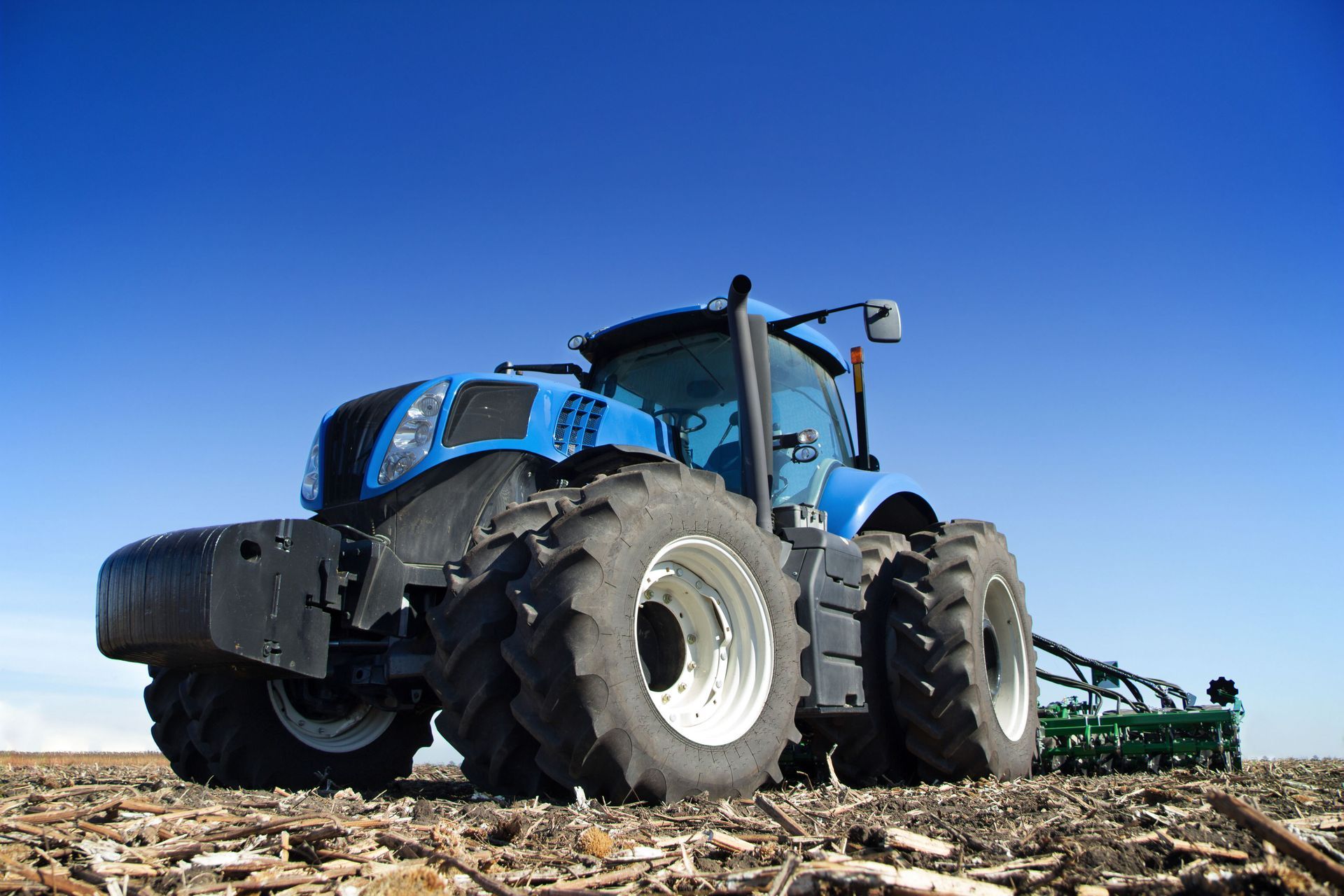
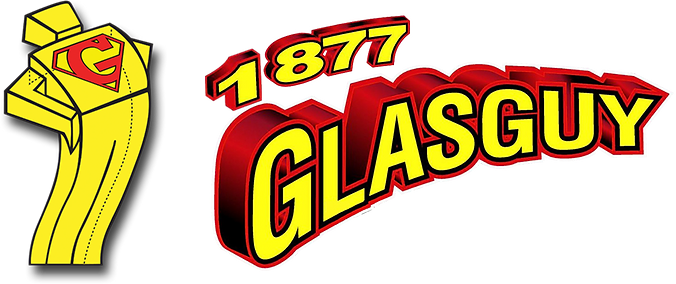
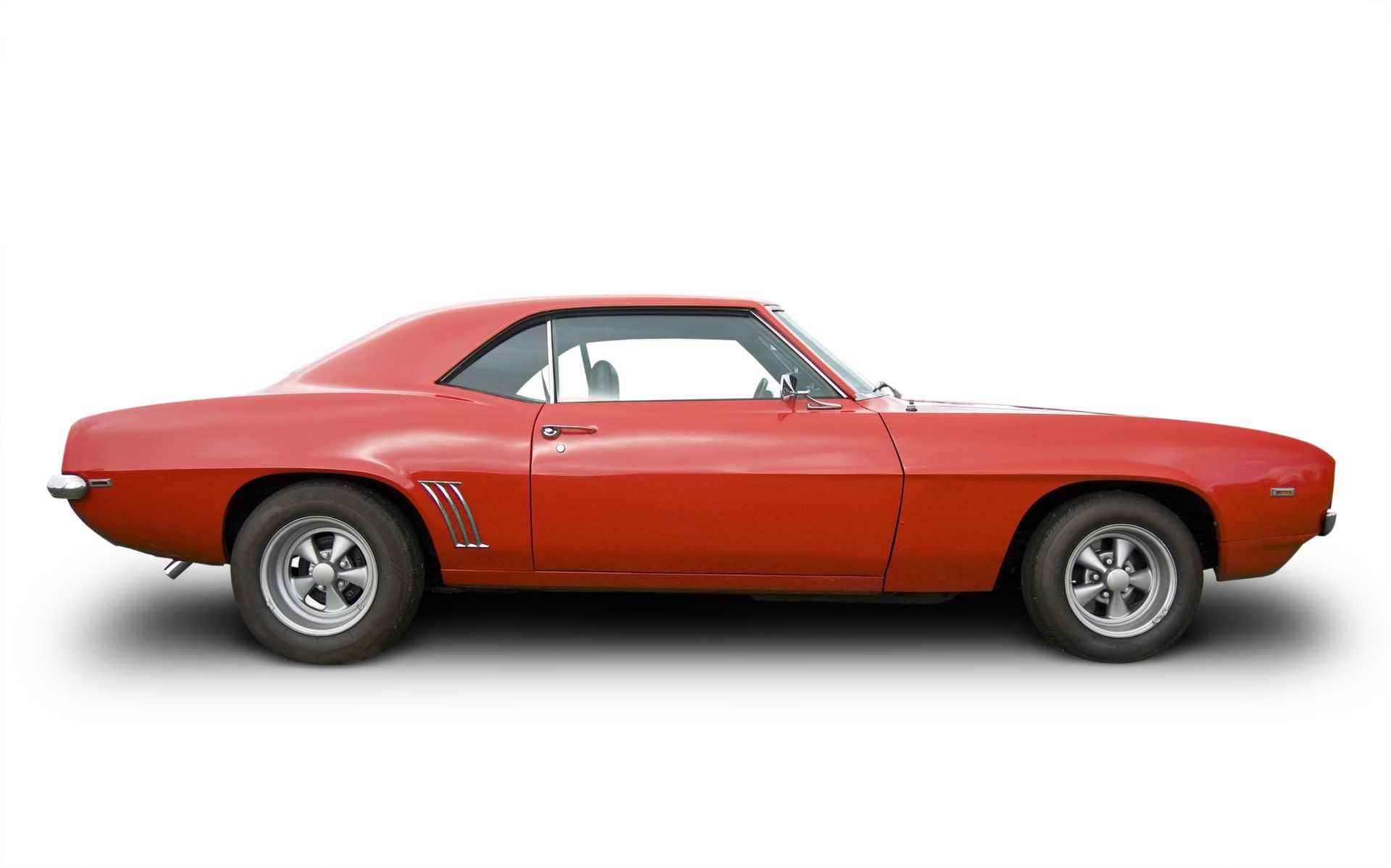
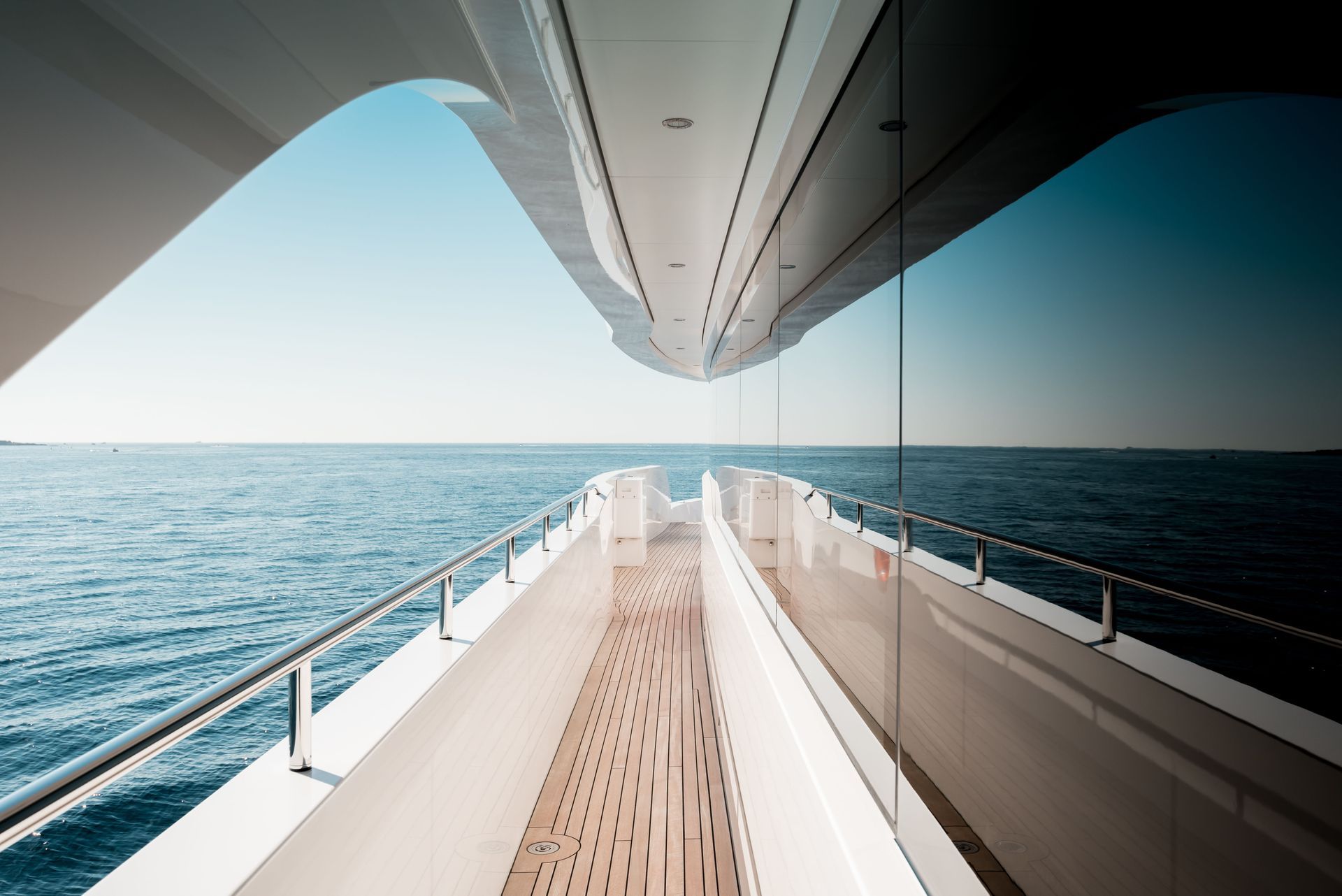
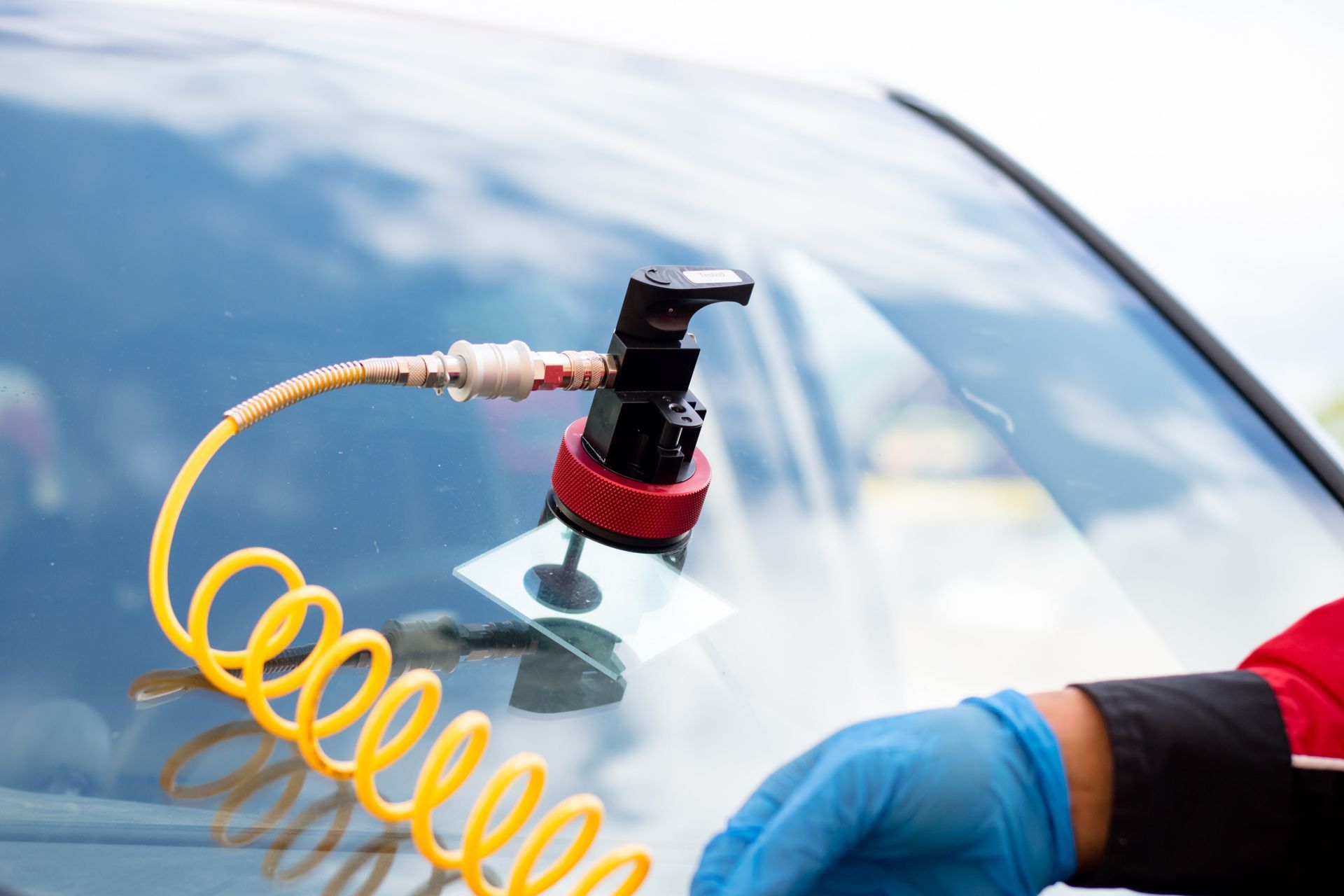
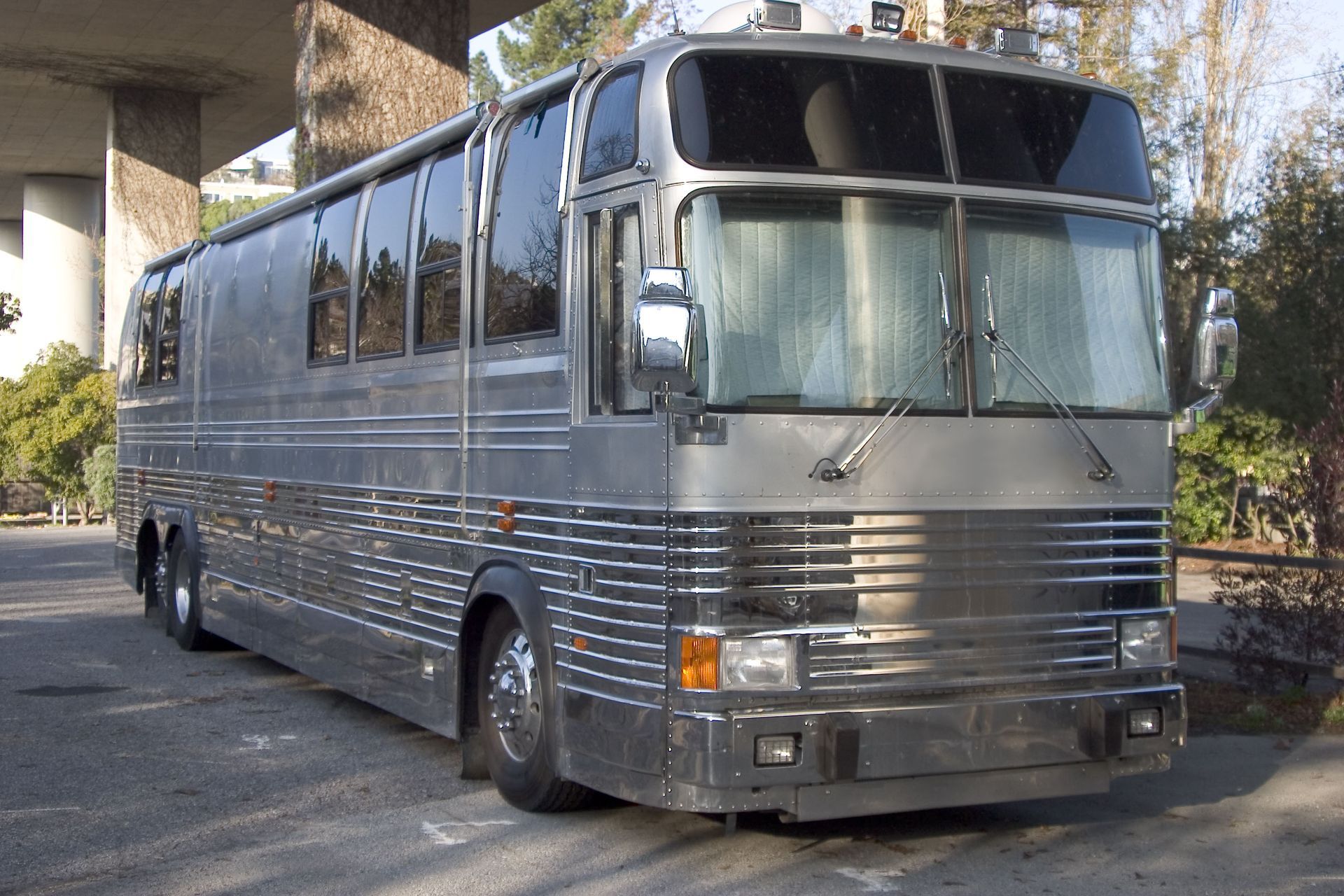
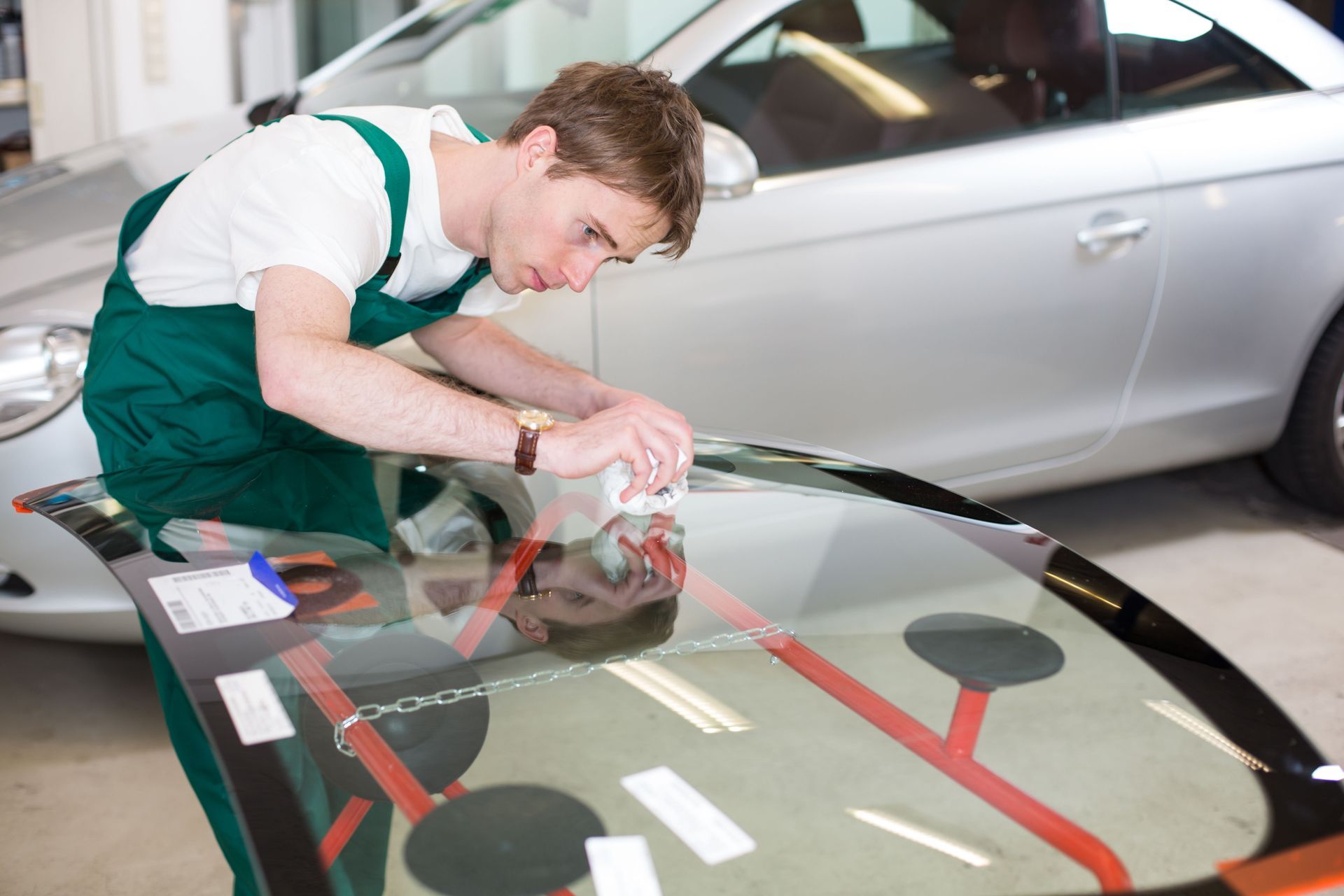
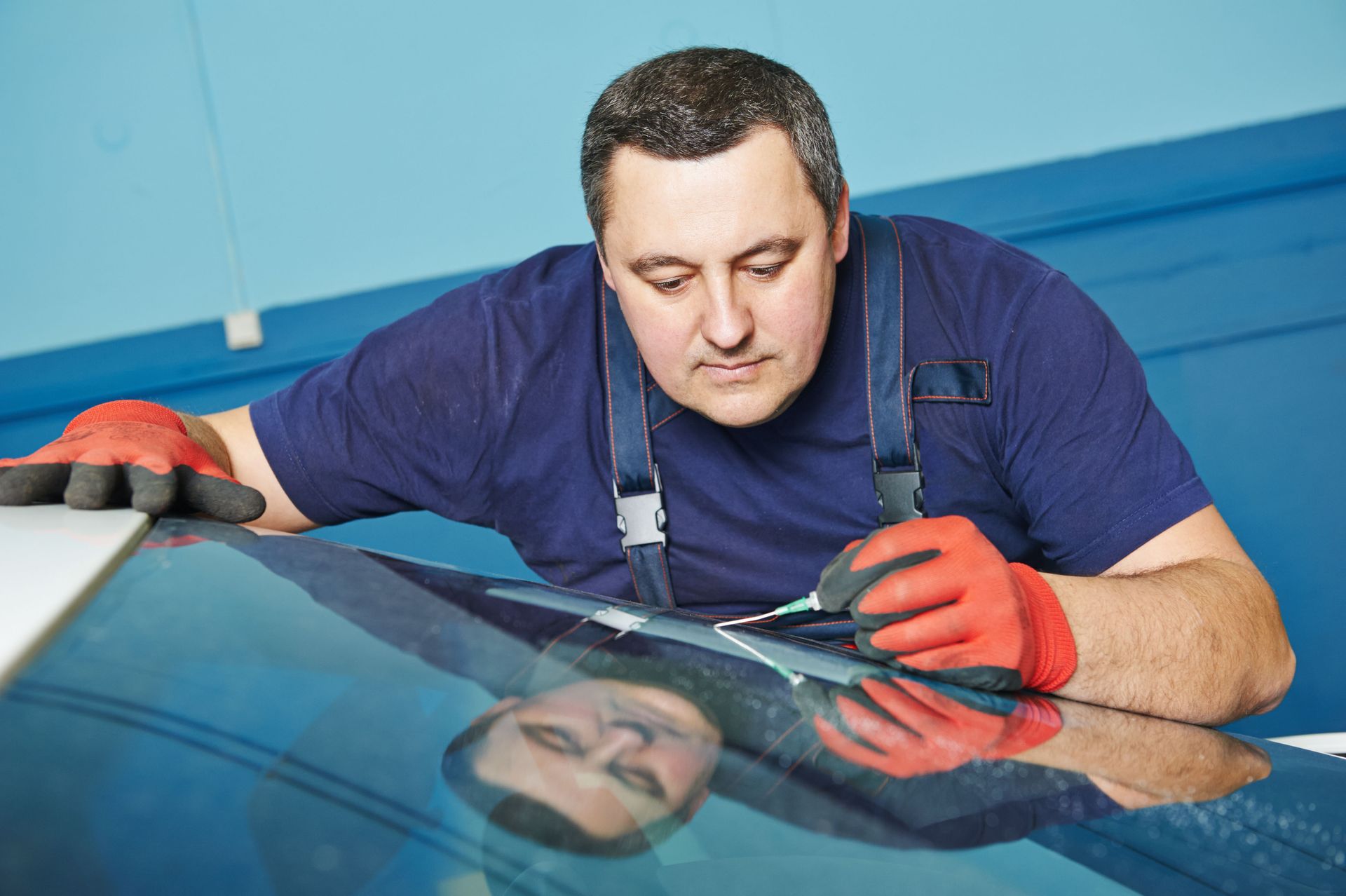
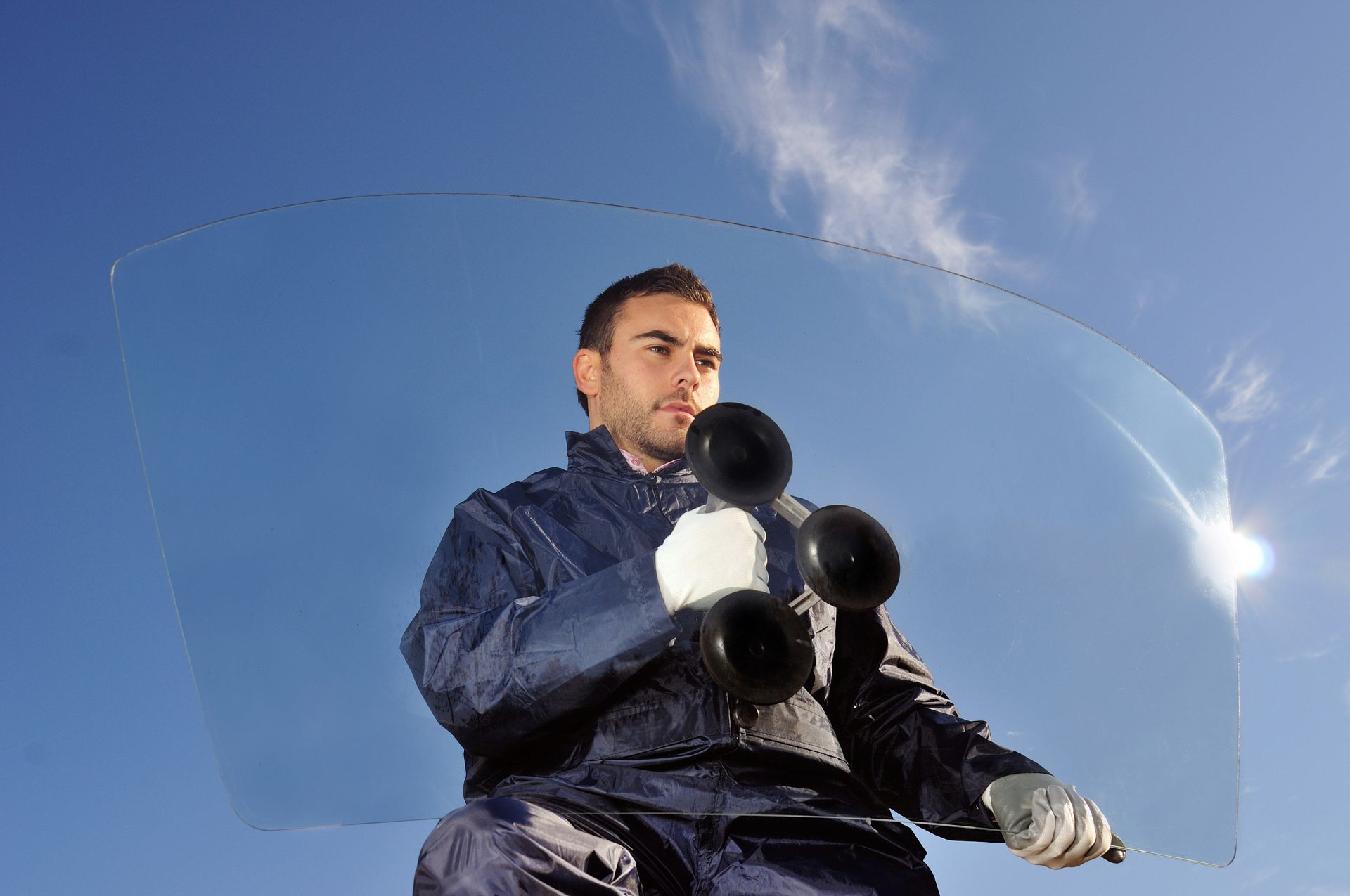


Share On: